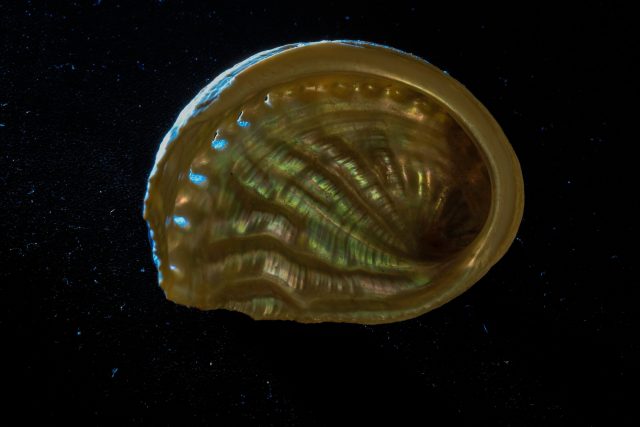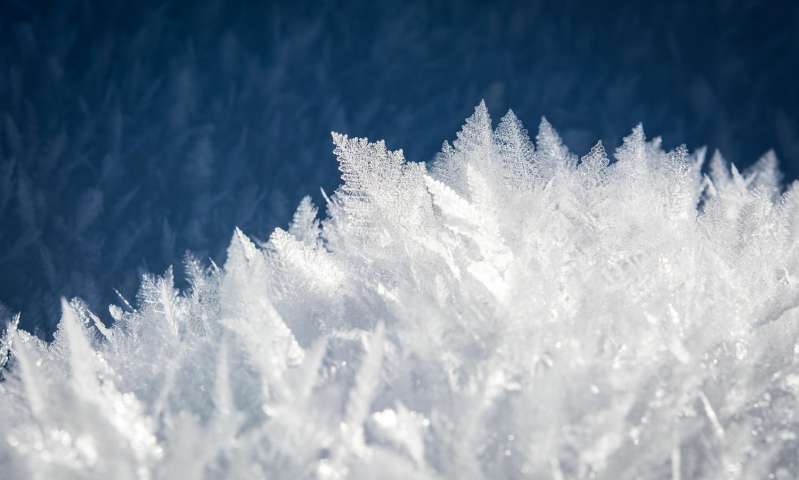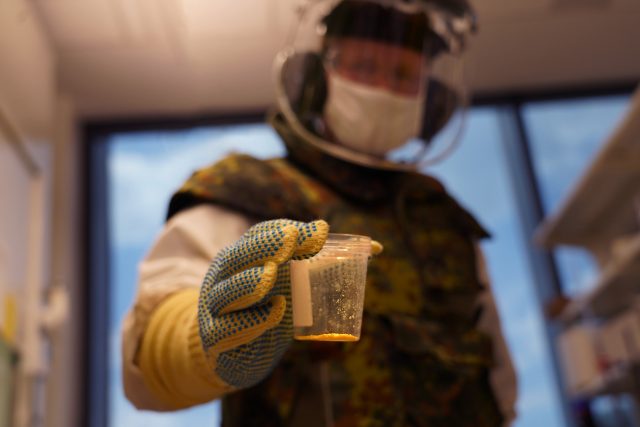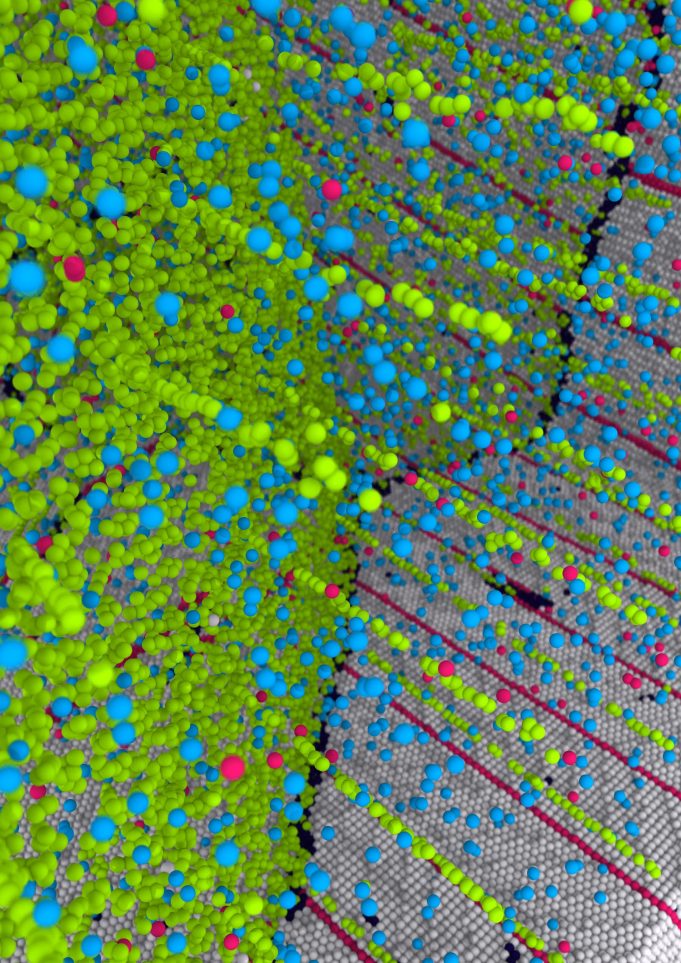Most people know mother-of-pearl, an iridescent biomineral also called nacre, from buttons, jewelry, instrument inlays and other decorative flourishes. Scientists, too, have admired and marveled at nacre for decades, not only for its beauty and optical properties but because...
An international team has discovered that compressing monocrystalline (TaSe4)2I can create a system where the constituent TaSe4Q1-D atomic chains are in amorphous state without breaking the orientational and periodic translation symmetries of the chain lattice. Moreover, they found that...
Contrary to what you may have been taught, water doesn't always freeze to ice at 32 degrees F (zero degrees C). Knowing, or controlling, at what temperature water will freeze (starting with a process called nucleation) is critically important...
ts for an explosive. These ingredients include carbon, hydrogen, nitrogen and oxygen.
"Toxicity-wise, silver is an improvement over lead, but it's still a little toxic. So we also made a nonmetal material that does not have heavy metal toxicity associated...
Scientists from Nanyang Technological University, Singapore (NTU Singapore), have developed a new way to cure adhesives using a magnetic field.
Conventional adhesives like epoxy which are used to bond plastic, ceramics and wood are typically designed to cure using moisture,...
In the context of climate?chemistry coupling globally, the central United States in summer represents a combination of factors specific to both the geographic region and the season. Northerly flow of warm moist air from the Gulf of Mexico in...
Researchers in the USC Loker Hydrocarbon Research Institute have developed a method of harnessing carbon dioxide, a greenhouse gas, while producing hydrogen for fuel cells. Credit: University of Southern California
A future with hydrogen fuel-cell vehicles and hydrogen-powered smartphones is much...
Metallurgists have all kinds of ways to make a chunk of metal harder. They can bend it, twist it, run it between two rollers or pound it with a hammer. These methods work by breaking up the metal's grain...
A team of scientists has made the strongest silver ever—42 percent stronger than the previous world record. But that's not the important point.
"We've discovered a new mechanism at work at the nanoscale that allows us to make metals that...
Researchers have cleared one hurdle toward environmental cleanup of certain contaminants with a newly designed synthetic enzyme that reduces the compound sulfite to sulfide—a notoriously complex multistep chemical reaction that has eluded chemists for years.
In the journal Science, chemists...
Researchers at Los Alamos National Laboratory have created the largest simulation to date of an entire gene of DNA, a feat that required one billion atoms to model and will help researchers to better understand and develop cures for...


















